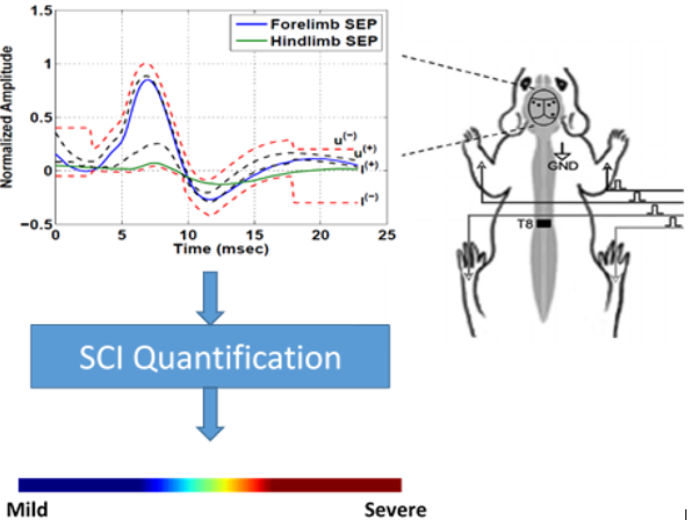Dr. Hasan Al Nashash
- Neuroengineering Research Group
- Research
- Assessment of Mental Stress in Isolation and Confined Environment
- Mental Stress Management
- Deepfakes Recognition Using Deep Learning
- Cognitive Vigilance Assessment and Enhancement
- Cortical Source Imaging Using EEG
- Flexible Implantable Electrodes Using Conductive Polymers
- Severity Assessment of Spinal Cord Injury
- Equipment
- Lead Investigators
- Visiting Scholars
- Graduate Students
- Current Collaborators
- Press Releases/Interviews
- Contact
- Research


